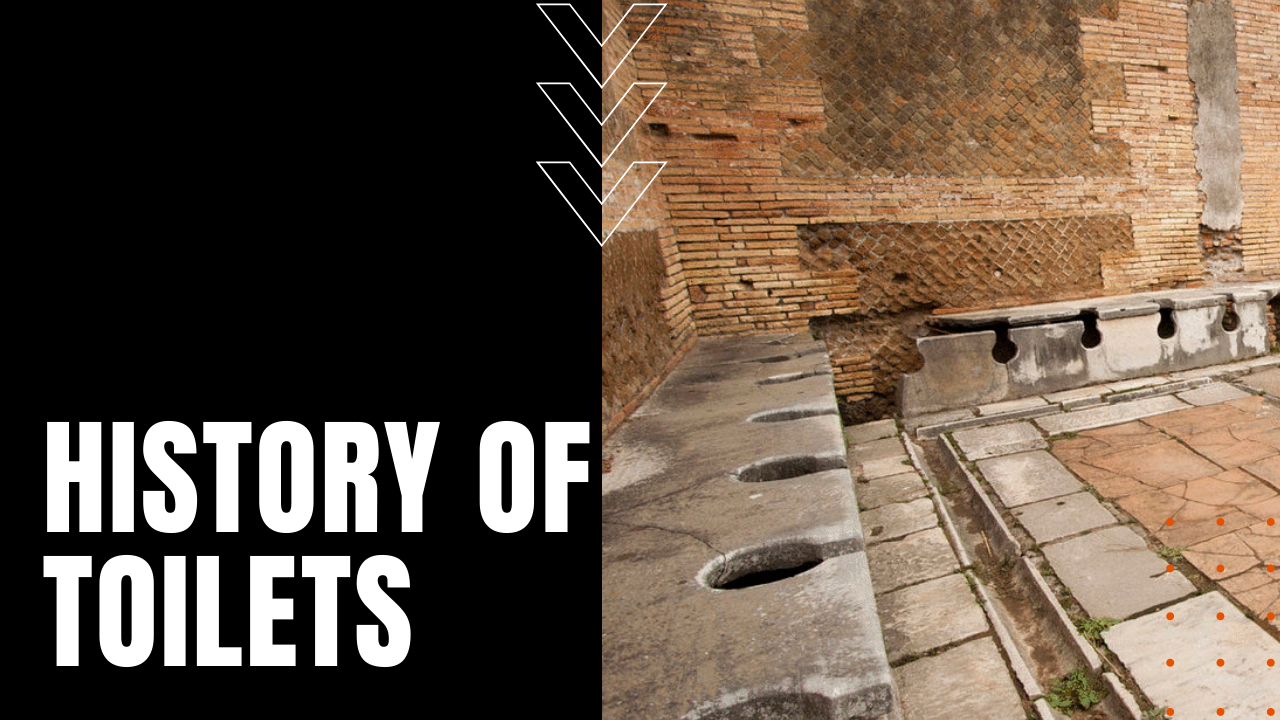The History of Toilets

While archeologists have uncovered 4,000-year-old drainage systems in northern India that may be some of the earliest known toilets, Neolithic settlements in Scotland as far back as 3000 B.C. are generally known as the first humans to create toilets, followed by the ancient Greeks in the Palace of Knossos in 1700 B.C., employing large earthenware pans connected to a flush-out water supply.
A Social Event
By 315 A.D., however, the Romans turned going to the bathroom into a social event, employing upwards of 144 toilets in a dedicated room, where Romans would wipe themselves with a sponge affixed to a short wooden handle, giving rise to the phase “getting hold of the wrong end of the stick.”
Bed Pans and Garderobes
By the Middle Ages, the British employed “potties” or bed pans, whose contents were simply thrown out windows into the street below, while the more affluent employed a “garderobe,” which was a small room suspended over a moat. Potties and Garderobes were soon replaced by a “commode,” consisting of a box with a whole in the top, combined with a copper pot below to catch the waste, and while Thomas Crapper is frequently cited as the inventor of the flush toilet in the 1860s, the true inventor was Sir John Harrington, the godson of Elizabeth the 1st, who invented a similar system in 1592.
Birth of Modern Sanitation
During the Industrial Revolution of 19th century Europe, sewage in overcrowded cities spilled into rivers and streets at random, contaminating drinking water and leading to mass outbreaks of filth diseases, such as cholera, typhoid, typhus and diphtheria, leading to the introduction of modern sewage sanitation systems that eliminated many pandemics of the 19th century.
Toilets go High Tech
Today, toilets come in a wide selection of designs that frequently combine art, technology and function, including odor-extracting toilets, self-cleaning toilets, touch-less opening and closing lids, automatic deodorant dispensers, built-in front and rear bidets, UV light sanitation systems, built-in warm-air driers and more, making the history of toilets, a moving advance in the history of human biology.
